Tour Marche Arboretum, a new 'museum' of plants in Belgium
Marche Arboretum is a joyful new green space in Belgium, dedicated to nature and science – and a Wallpaper* Design Award 2025 winner
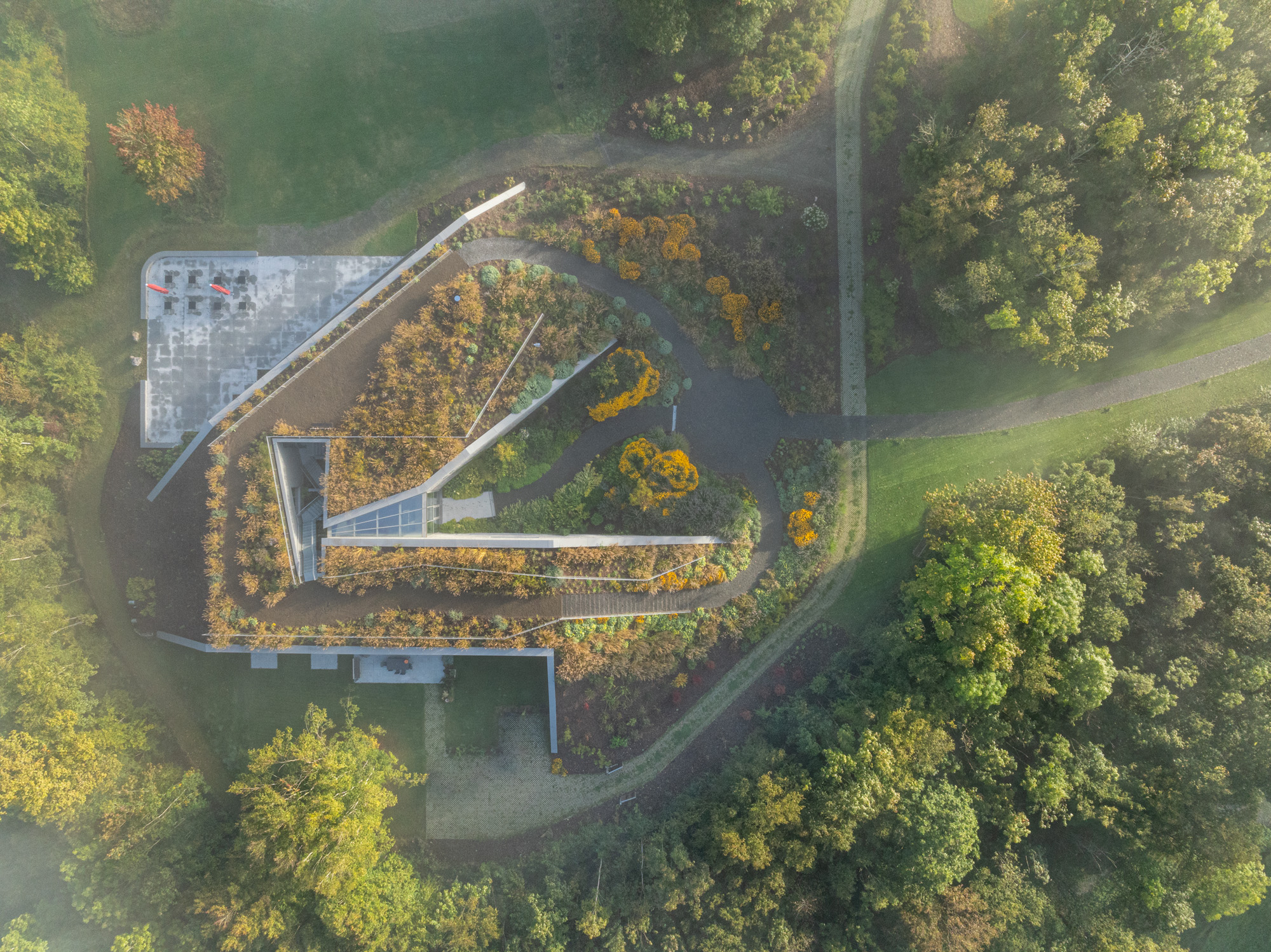
Plants are among Philippe de Spoelberch’s biggest passions. The Belgian businessman and dendrologist has a professional background in brewing but is now mostly dedicated to his lifetime fascination with trees – not only by stretching his own green fingers but also by being active in the scientific field of botany. His latest project is Belgium’s newest plant ‘museum’ in Marche-en-Famenne, in the region of Wallonia. The site, which has been many years in the making, includes a new visitor centre by local studio AW Architectes and has just opened to the public.
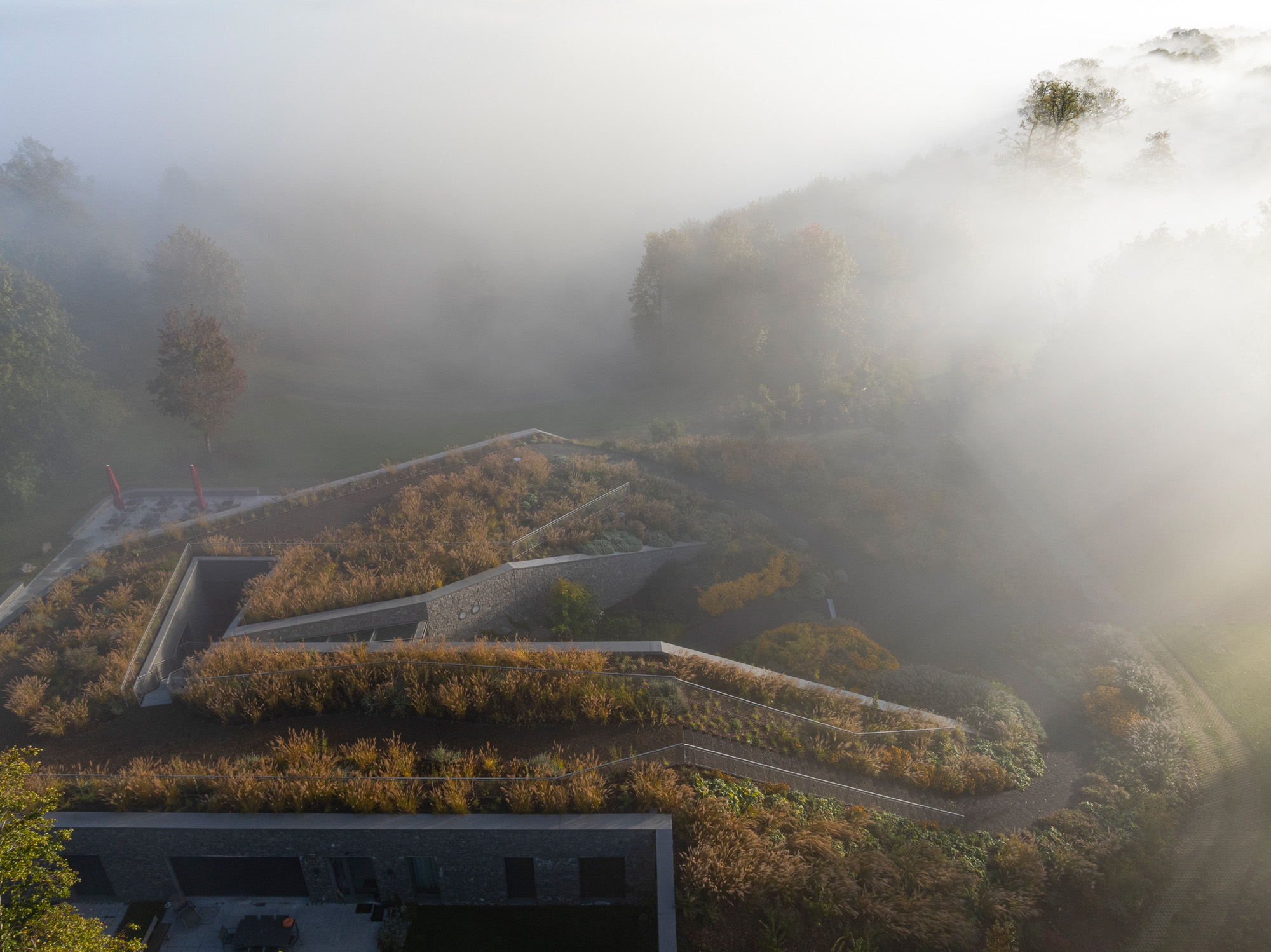
Take the tour of Marche Arboretum
Marche-en-Famenne is the second scheme of its kind initiated by de Spoelberch, who started informally planting trees in his family estate in Wespelaar, Flanders in 1966. An extension to an initial ten hectares in 1986 allowed him to further his collection. The entire 20-hectare extension was donated in 2003 to a dedicated foundation, the Stichting Arboretum Wespelaar.
The arboretum is now managed by executive director Dr Koen Camelbeke, under the supervision of the board of directors headed by chairman Guy de Broqueville. Blending trees collected during travels (by the team and external contributors), with purchases and gifts by major botanical gardens across the globe, Wespelaar thrived and by 2020 reached capacity. Now the foundation intends to repeat its success in the new, 76-hectare site.
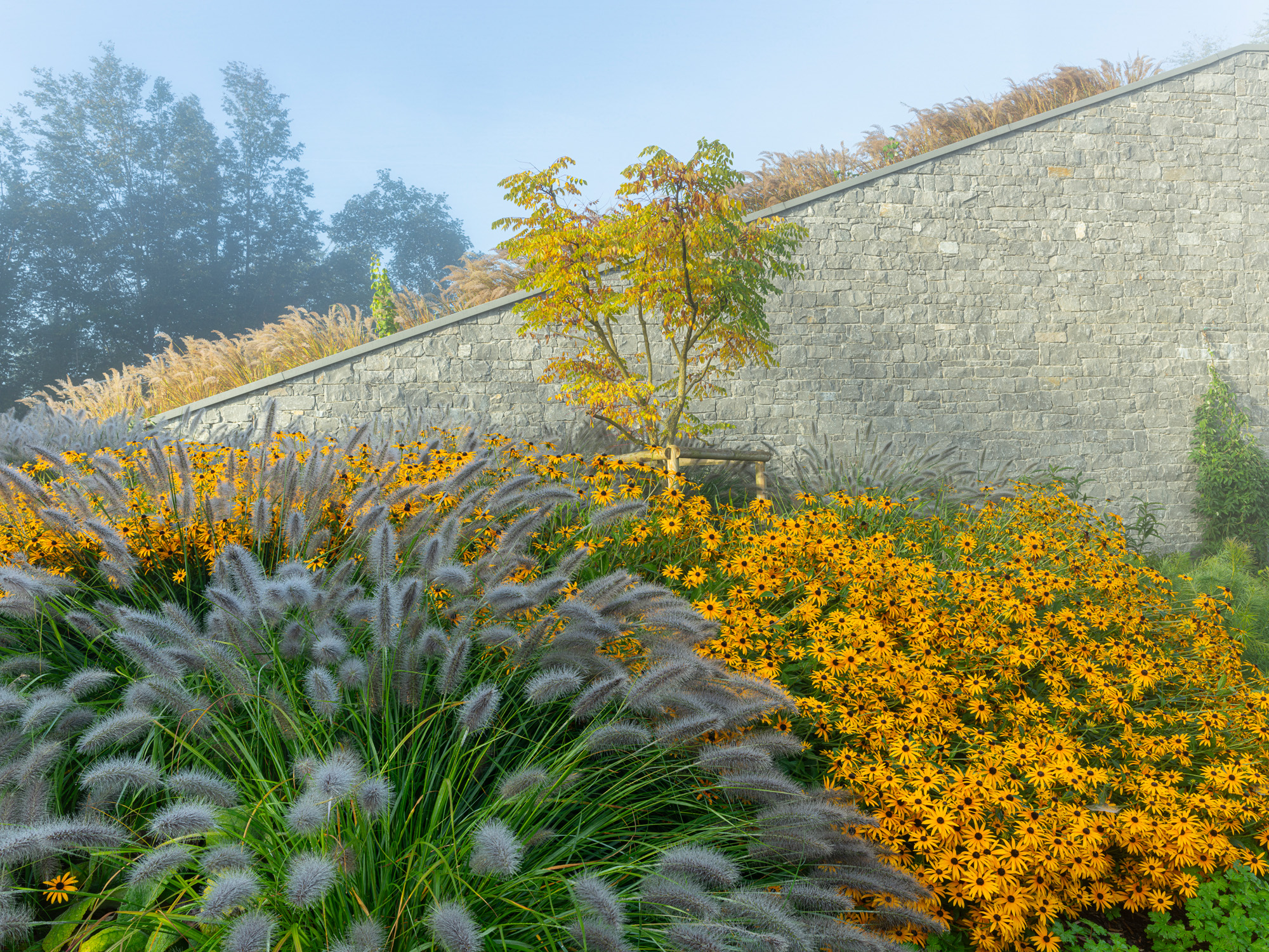
‘We were lucky to find an exceptional site on a rare limestone formation that complements the collections of more acid loam of Wespelaar. Poor soils allow for rich meadows. Ten of Belgium’s native orchids were found on the site. Meadows have been sown with seed from sites of Natagora [a nature conservation NGO]. Fifteen hectares of the 76 have been fenced to keep wild boar out of the more precious areas and the visitor centre. Roe deer and beavers do find a way in!’ de Spoelberch says.
An invited competition between three architecture studios led to the selection of the winning team headed by Gauthier Wislez. The practice designed the visitor centre to contain the curator’s accommodation, a small auditorium, a café, a glasshouse, offices, and service areas for the gardening and maintenance staff. Its accessible green roof, semi-buried in nature, clever geometry and orientation mean it’s near-invisible from several angles, allowing nature to take centre stage.
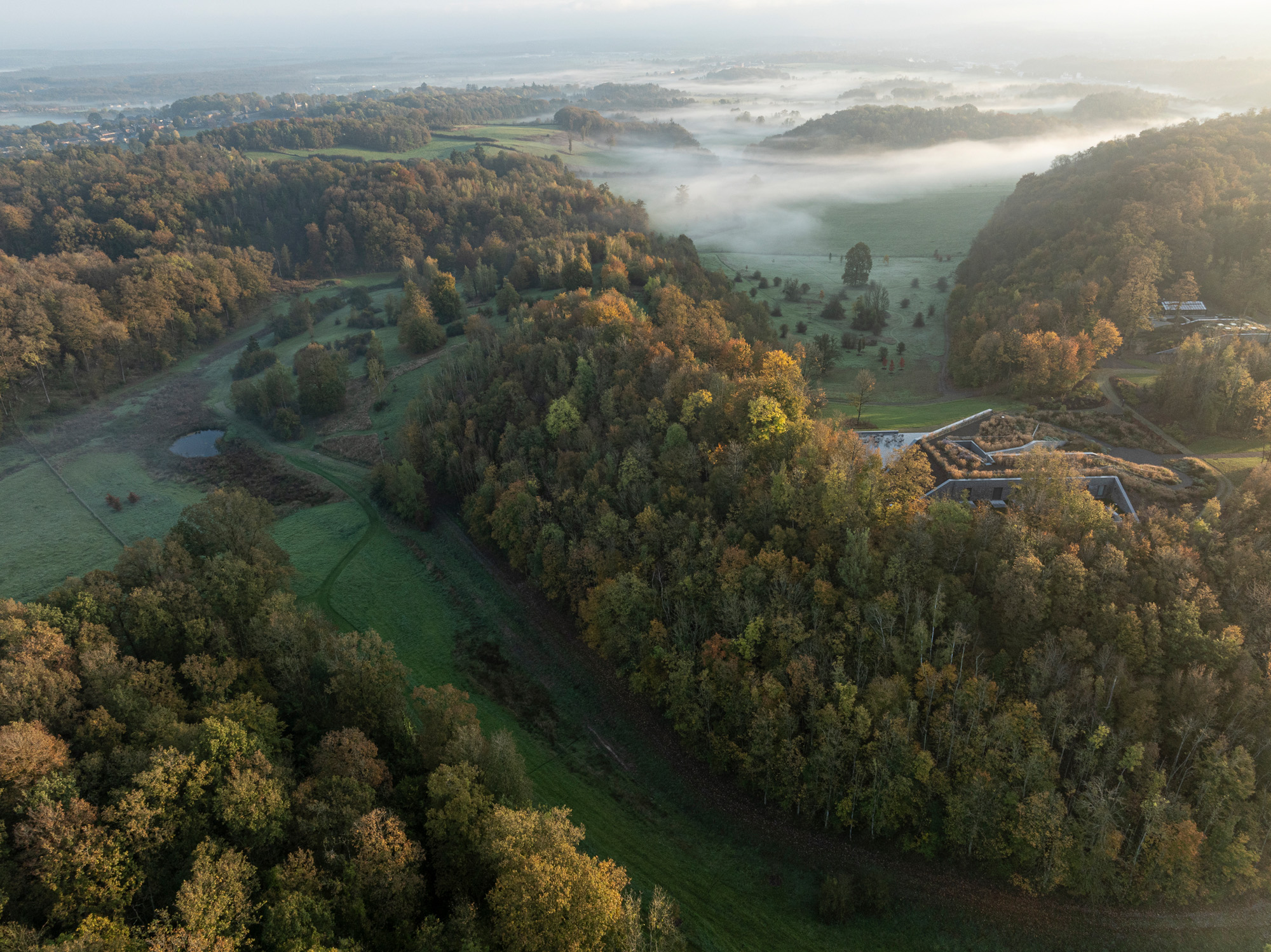
‘I wanted the architecture to be contemporary, but also responsive to its site and function,’ Wislez says. Sustainable architecture strategies such as a ground source heat pump system, energy recovery ventilation, high-performance insulation and solar panels help the limestone-clad concrete building be sensitive to its context. The site was perfected with the help of landscape architect and head gardener at Arboretum Wespelaar, Christophe Crock, who worked on the parking lot, building the access route, roof and surrounding environment.
Water from a well on site is used in the building and for irrigation, while rainwater is stored in reservoirs for the drier months. Local stone artisans helped create the building’s façade and farmers from the region are engaged in subcontracted upkeep throughout the year (some of its meadows are naturally maintained by local sheep and donkeys).
Wallpaper* Newsletter
Receive our daily digest of inspiration, escapism and design stories from around the world direct to your inbox.

De Spoelberch’s vision for Marche springs from a respect and deep interest in nature. ‘I don’t want this to become a “Disneyland”, but rather a key scientific tool for botany,’ he explains. Introduced plants are labelled throughout, native species are studied and managed, and doors open one Sunday per month from April to October, and for specialised groups by appointment.
More than a tourist attraction, the arboretum was designed as a place for experimentation and study. Still, it is early days for Marche Arboretum. ‘It takes a while for something like this to grow. Many trees are still young and it might only be of real scientific interest in 20 years,’ de Spoelberch says, adding that he intends to keep adding species and trying new things. ‘[But even as a work in progress], it feels very natural. It is definitely worth a visit.’
See more 2025 Wallpaper* Design Award-winning architecture projects
All of the Wallpaper* Design Awards 2025 winners will be celebrated online over the coming month and are featured in full in the February 2025 issue of Wallpaper* , available in print on newsstands from 9 January 2025, on the Wallpaper* app on Apple iOS, and to subscribers of Apple News +. Subscribe to Wallpaper* today
Ellie Stathaki is the Architecture & Environment Director at Wallpaper*. She trained as an architect at the Aristotle University of Thessaloniki in Greece and studied architectural history at the Bartlett in London. Now an established journalist, she has been a member of the Wallpaper* team since 2006, visiting buildings across the globe and interviewing leading architects such as Tadao Ando and Rem Koolhaas. Ellie has also taken part in judging panels, moderated events, curated shows and contributed in books, such as The Contemporary House (Thames & Hudson, 2018), Glenn Sestig Architecture Diary (2020) and House London (2022).
-
 Warp Records announces its first event in over a decade at the Barbican
Warp Records announces its first event in over a decade at the Barbican‘A Warp Happening,' landing 14 June, is guaranteed to be an epic day out
By Tianna Williams
-
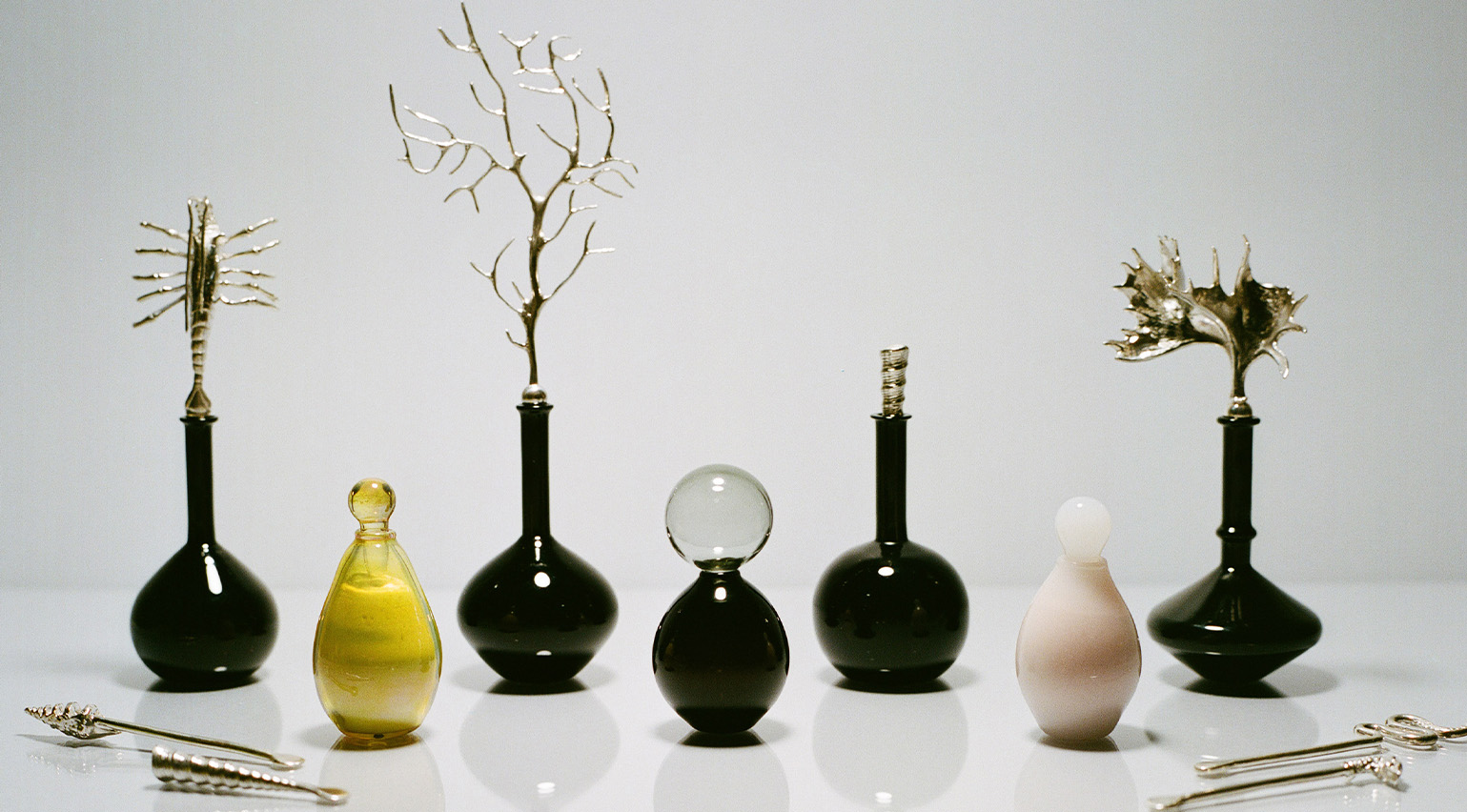 Cure your ‘beauty burnout’ with Kindred Black’s artisanal glassware
Cure your ‘beauty burnout’ with Kindred Black’s artisanal glasswareDoes a cure for ‘beauty burnout’ lie in bespoke design? The founders of Kindred Black think so. Here, they talk Wallpaper* through the brand’s latest made-to-order venture
By India Birgitta Jarvis
-
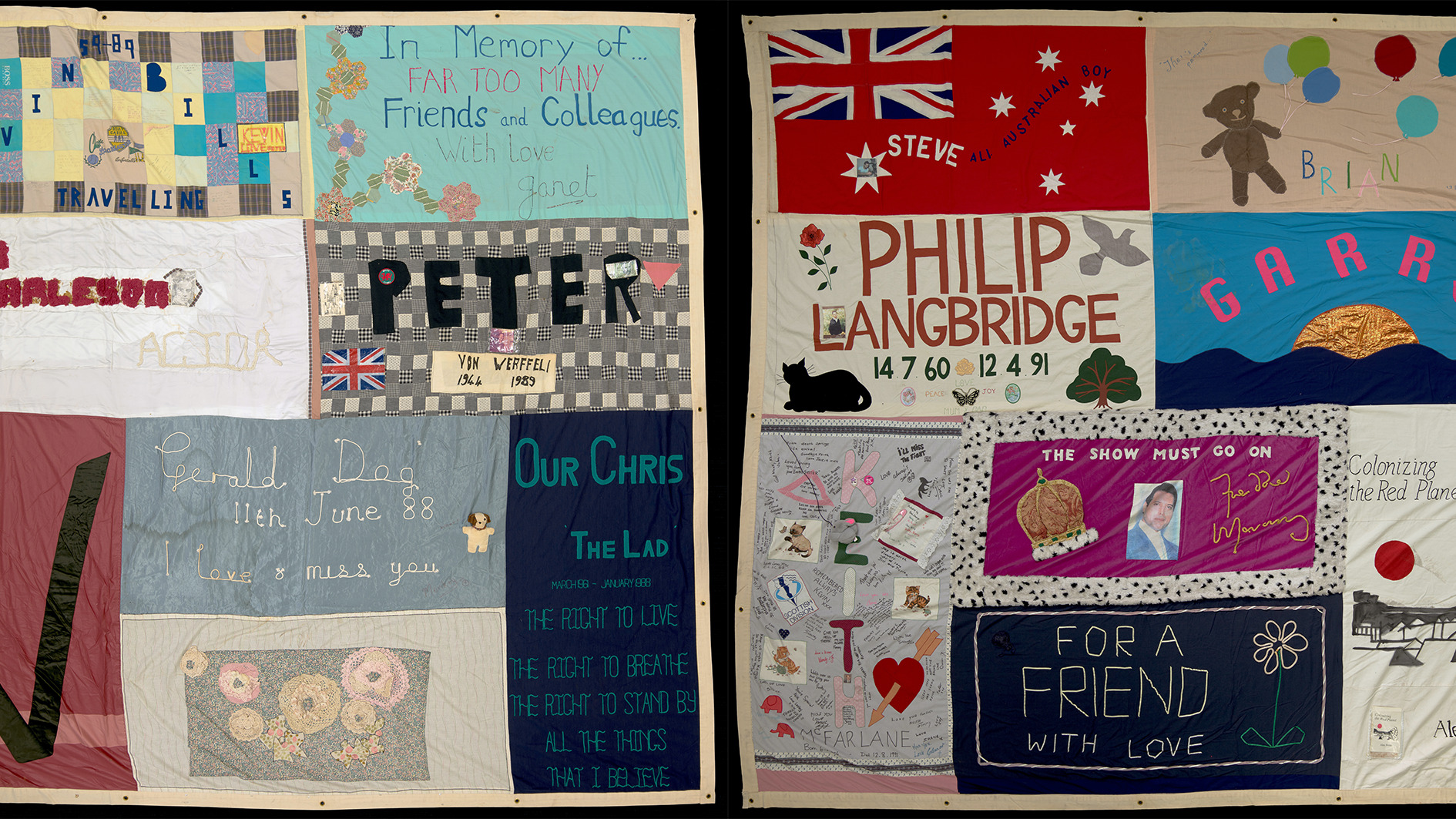 The UK AIDS Memorial Quilt will be shown at Tate Modern
The UK AIDS Memorial Quilt will be shown at Tate ModernThe 42-panel quilt, which commemorates those affected by HIV and AIDS, will be displayed in Tate Modern’s Turbine Hall in June 2025
By Anna Solomon
-
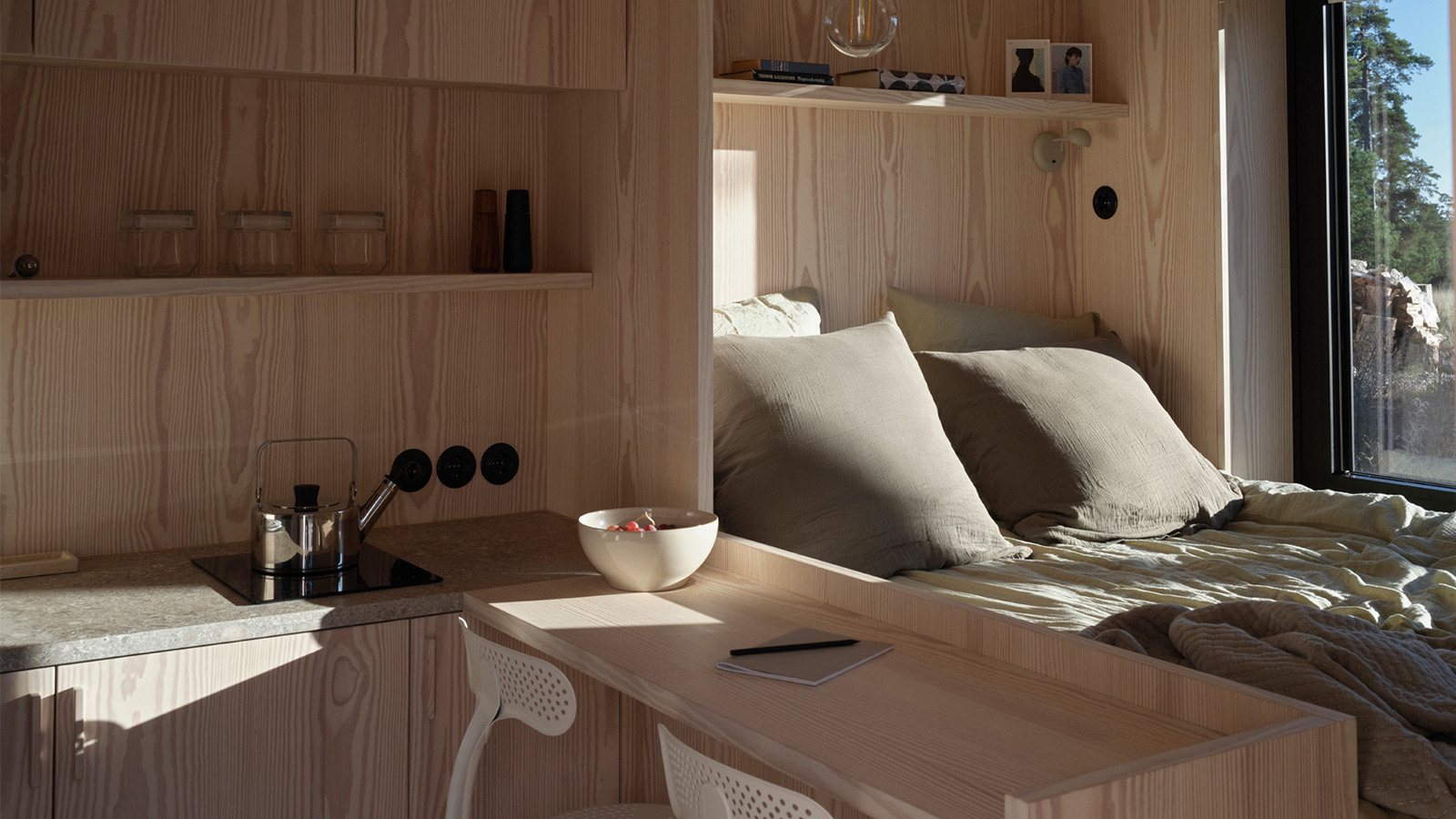 ‘Close to solitude, but with a neighbour’: Furu’s cabins in the woods are a tranquil escape
‘Close to solitude, but with a neighbour’: Furu’s cabins in the woods are a tranquil escapeTaking its name from the Swedish word for ‘pine tree’, creative project management studio Furu is growing against the grain
By Siska Lyssens
-
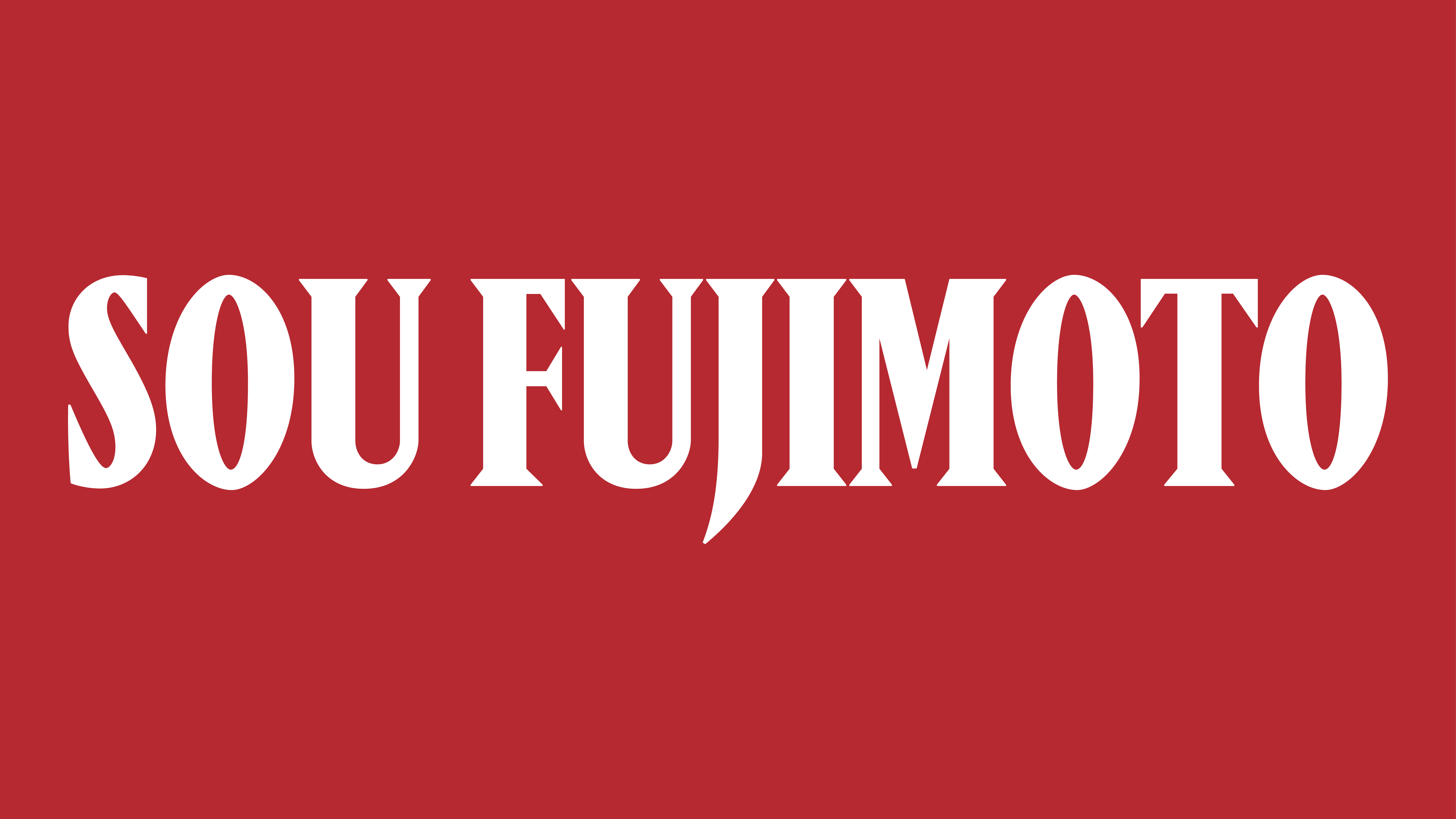 Architect Sou Fujimoto explains how the ‘idea of the forest’ is central to everything
Architect Sou Fujimoto explains how the ‘idea of the forest’ is central to everythingSou Fujimoto has been masterminding the upcoming Expo 2025 Osaka for the past five years, as the site’s design producer. To mark the 2025 Wallpaper* Design Awards, the Japanese architect talks to us about 2024, the year ahead, and materiality, nature, diversity and technological advances
By Sou Fujimoto
-
 Lesley Lokko reviews 2024's wins, shifts, tensions and opportunities for 2025
Lesley Lokko reviews 2024's wins, shifts, tensions and opportunities for 2025Lesley Lokko, the British-Ghanaian architect, educator, curator, and founder and director of the African Futures Institute (AFI), has been an inspirational presence in architecture in 2024; which makes her perfectly placed to discuss the year, marking the 2025 Wallpaper* Design Awards
By Lesley Lokko
-
 Rotterdam’s urban rethink makes it the city of 2025
Rotterdam’s urban rethink makes it the city of 2025We travel to Rotterdam, honoured in the Wallpaper* Design Awards 2025, and look at the urban action the Dutch city is taking to future-proof its environment for people and nature
By Ellie Stathaki
-
 Wallpaper* Design Awards 2025: celebrating architectural projects that restore, rebalance and renew
Wallpaper* Design Awards 2025: celebrating architectural projects that restore, rebalance and renewAs we welcome 2025, the Wallpaper* Architecture Awards look back, and to the future, on how our attitudes change; and celebrate how nature, wellbeing and sustainability take centre stage
By Ellie Stathaki
-
 Design Awards 2025: Alvar Aalto's Finlandia Hall is a modernist gem reborn through sustainability and accessibility
Design Awards 2025: Alvar Aalto's Finlandia Hall is a modernist gem reborn through sustainability and accessibilityHelsinki's Finlandia Hall, an Alvar Aalto landmark design, has been reborn - highlighting sustainability and accessibility in a new chapter for the modernist classic
By Ellie Stathaki
-
 Step through Rubenshuis’ new architectural gateway to the world of the Flemish painter
Step through Rubenshuis’ new architectural gateway to the world of the Flemish painterArchitects Robbrecht en Daem’s new building at Rubenshuis, Antwerp, frames Rubens’ private universe, weaving a modern library and offices into the master’s historic axis of art and nature
By Tim Abrahams
-
 Green Ark, a new garden pavilion from modified softwood, is conceived for plant conservation
Green Ark, a new garden pavilion from modified softwood, is conceived for plant conservationThe Green Ark, set in the heart of Belgium's Meise Botanic Garden, is an ultra-sustainable visitor pavilion by NU Architectuur Atelier
By Jonathan Bell